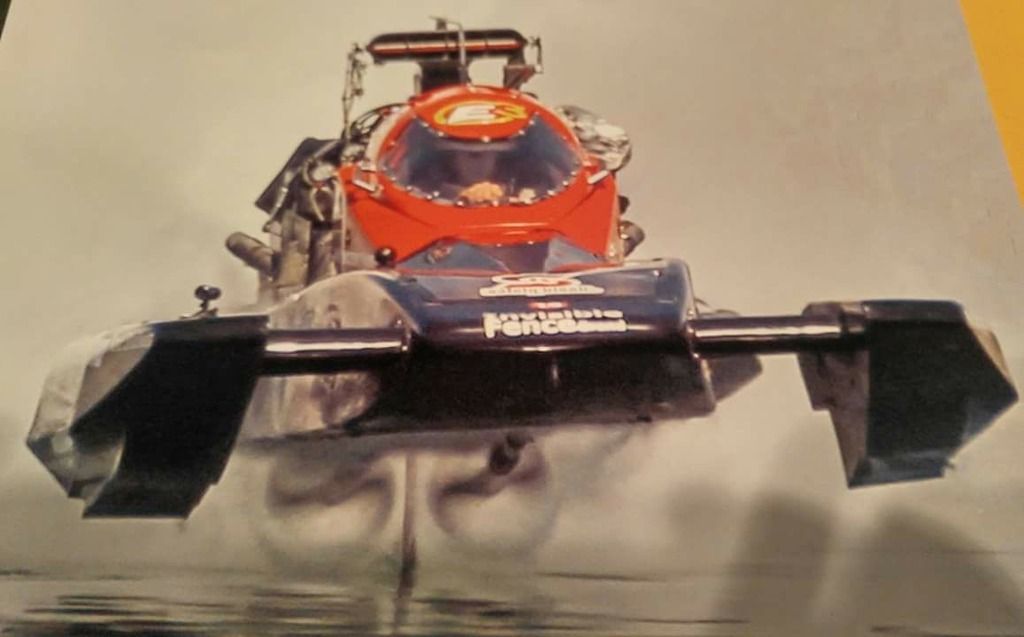In the model boat world, it is an accepted fact that 'riggers are faster and corner better than scale or sport-scale hydros. Some of the modern composite riggers are stunning examples of state-of-the-art engineering and advanced construction techniques. They are also less prone to blow-overs as they capture far less (virtually no??) air under the hull. So my question is this: Why haven't the full-sized guys gone to this concept? Now I know there was the Winston Eagle that was about as close to an outrigger that you can get. Is it the power to weight issue and being stuck with a Viet Nam-era helicopter turbine engine that simply wouldn't power a 30-foot outrigger at a decent speed? Is it because you'd need a REALLY big dude to give it a hand-launch?
I fly gliders, and in the glider world, the only thing that establishes one class against the next is wingspan and/or flaps. There's a reason they all look similar and that is called a wind tunnel. In the "Unlimited" hydroplane class, is it the regulatory agency that determines the hull shape, or is it physics/aerodynamics/hydrodynamics?
I fly gliders, and in the glider world, the only thing that establishes one class against the next is wingspan and/or flaps. There's a reason they all look similar and that is called a wind tunnel. In the "Unlimited" hydroplane class, is it the regulatory agency that determines the hull shape, or is it physics/aerodynamics/hydrodynamics?

 ). Srislash and NativePaul made a lot of sense. I did some "thought experiments" on what they said and it seems their analysis is logical. I suppose it would be informative to sit down over a few beers with some full-size hull designers and see what they have to say.
). Srislash and NativePaul made a lot of sense. I did some "thought experiments" on what they said and it seems their analysis is logical. I suppose it would be informative to sit down over a few beers with some full-size hull designers and see what they have to say.


Comment